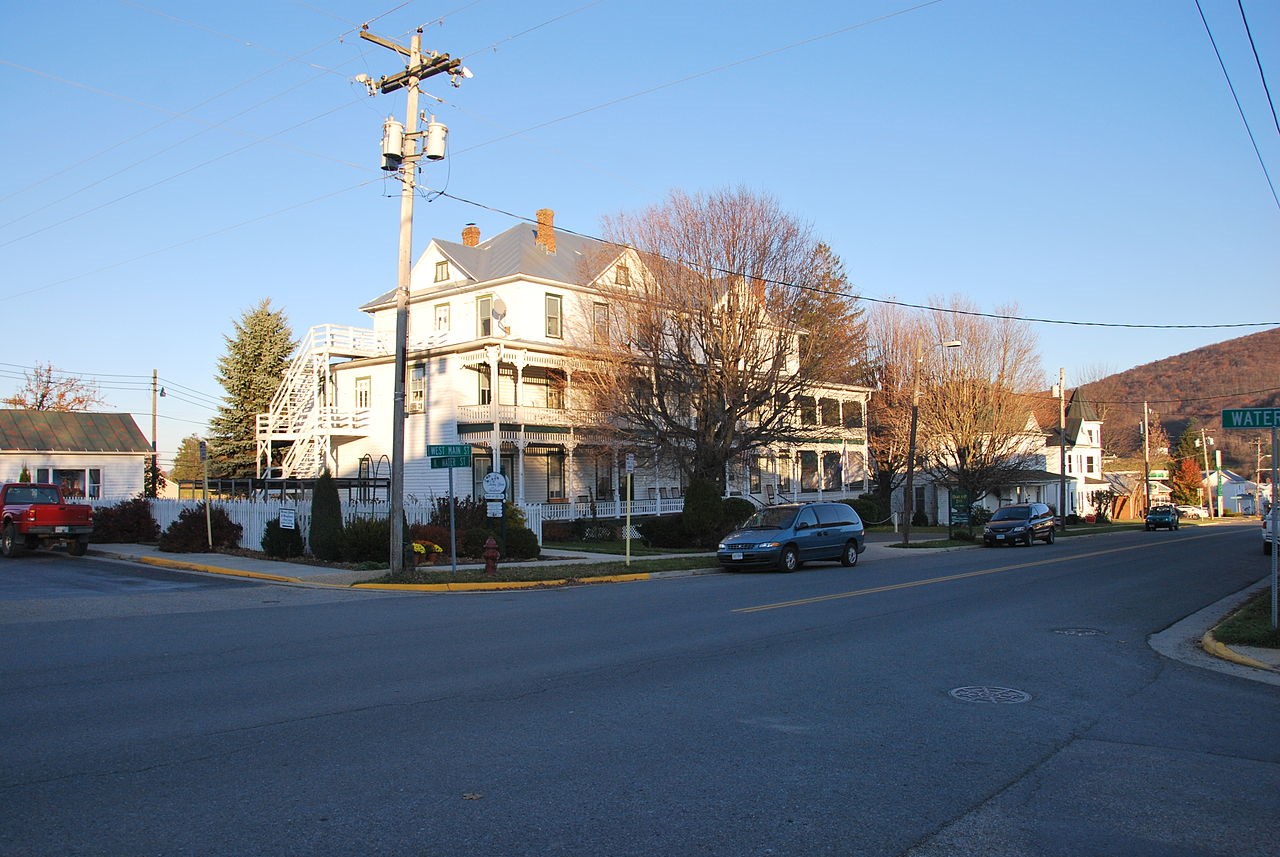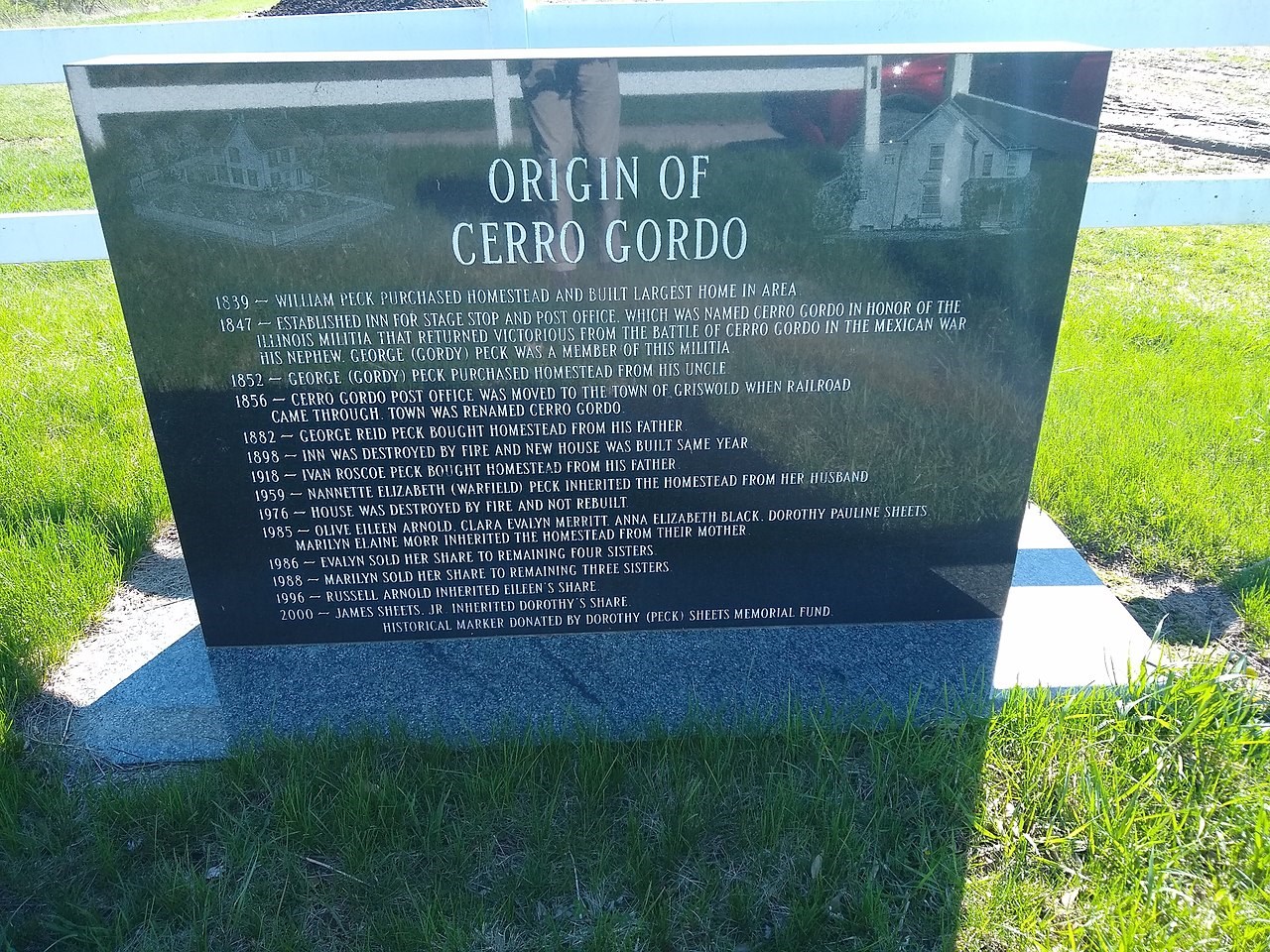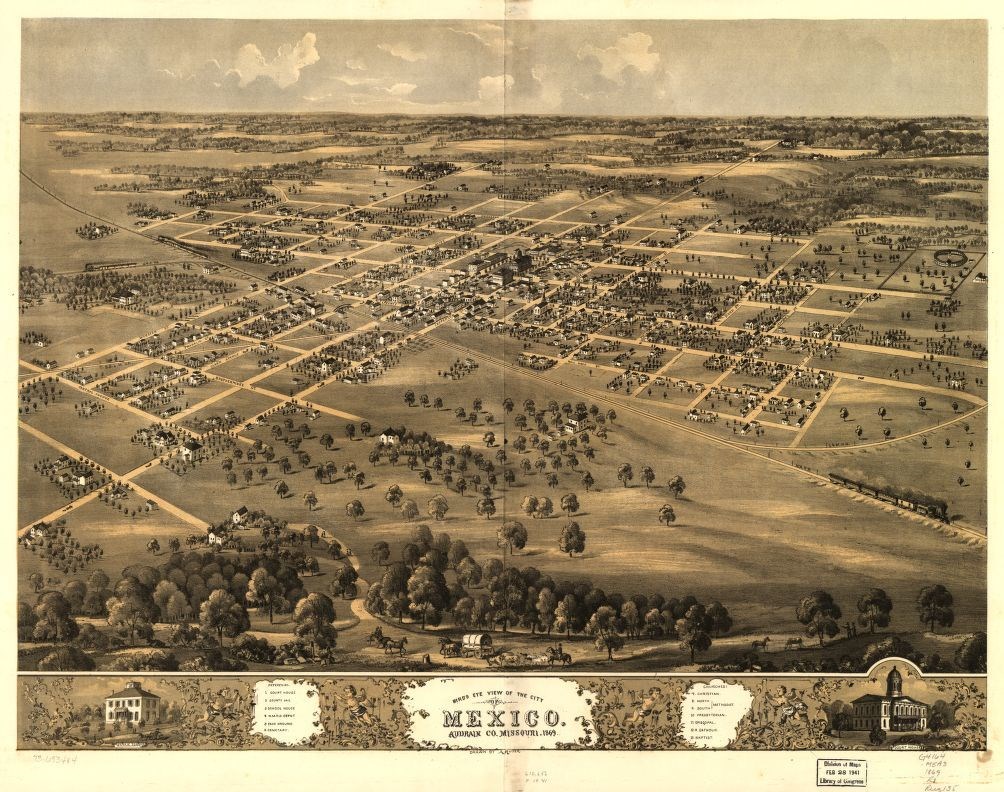Last updated: September 3, 2020
Article
War Towns

Library of Congress: Magee, Richard, lithographer, No known restrictions on publication.
The U.S. Mexican War changed the map of the United States — and not just by expanding the nation’s boundaries.
Between 1846 and 1850, hundreds of U.S. communities adopted names of battles, people, and places of the war. Some got their names from returning soldiers who wished to celebrate their deeds. In other cases, communities got their names from ordinary citizens who wanted to show their patriotism. All got their names from people who wanted to connect themselves and their places to an important national event.
The enthusiasm for names linked to the war started with the battles of Palo Alto and Resaca de la Palma. News of victories in these first clashes inspired art, songs, and stories about battles. Many rushed out to enlist in volunteer regiments and continue the fight. For others, the best way to mark these events was to name their communities after one of the famous battles. However, many of the names chosen for these communities strayed from their original Spanish spelling. This is evident in communities named after the Mexican cities of Matamoros and Monterrey.

JERRYE & ROY KLOTZ MD
Palo Alto and Resaca de la Palma
Palo Alto became a popular name for all types of locations, including Palo Alto Bridge in Bedford County, PA, and the Palo Alto Inn in Bladensburg, MD.
In 1844-1845, John G. Hewes laid out the village that would become a borough in Schuylkill County. The citizens of Schulkyll County, Pennsylvania mistakenly believed that the Spanish name “Palo Alto” meant “Tall Mountain.” Seeking to show their support for battles of the Rio Grande and surrounded by mountains of their own, residents of one community established the Borough of Palo Alto.
Irish immigrants to arriving at what would become Resaca, GA, originally called their settlement Dublin, in memory of their homeland. In 1846, residents decided to show their patriotism to their new homeland by renaming the community Resaca.

Nyttend, Public Domain
Matamoros and Rio Grande
Even before the first battles erupted, citizens of the United States eagerly tracked General Taylor’s march toward Mexico, the Rio Grande, and the city of Matamoros. Soon after, the names Rio Grande and Matamoros could be found in numerous places around the United States.
A brawl between residents of one eastern Pennsylvania town and rivals in nearby Port Jarvis, New York led to the creation of Matamoros, Pennsylvania. After crossing the Delaware River to defeat their foes, the Pennsylvanians declared that their victory was like Zachary Taylor’s recent occupation of Matamoros, and they renamed their town to honor both events.
The residents of a small community in Washington County, Ohio were determined to link their town with the U.S.-Mexican War. They proposed the names Saltillo, Corpus Christi, and Buena Vista before settling on New Matamoras.
The play “Metamora” had been popular throughout the United States in the 1830s and inspired towns in Illinois, Indiana, and Michigan to adopt that name. When the war with Mexico erupted, many Americans confused Matamoros with Metamora, leading to a corruption of the Mexican town name.
In the summer of 1846, a traveler reportedly stopped at a small Ohio community with news of fighting between the U.S. and Mexico on the Rio Grande. Residents were so excited by the story that they renamed their town Rio Grande—pronouncing it “Rye-o-grand” just as the traveler had. The local university also bears the name.

Brian M. Powell
Northern Mexico Campaign
The battle of Monterrey in September 1846 was the first battle of the war to involve volunteer regiments. Following their victory in that heated clash, many of these volunteers sought to remember the battle—and celebrate themselves—by creating their own “Monterrey” back home.
Residents of the Blue Ridge Mountains in Virginia named their town Monterrey, VA because they believed its setting was like the scene of the battle in Mexico’s Sierra Madre.
Monterrey
When the Massachusetts community previously known as Green Woods or South Tyringham split from their neighbor, the nearby town of Tyringham in 1847 they adopted a new identity inspired by the battle of Monterrey. The names of Palo Alto and Buena Vista were also considered before deciding on Monterey.
A group Tennessee soldiers who had served in the battle of Monterrey marked their accomplishment by creating their own Monterrey on the Cumberland Plateau of their home state.

Brian Stansberry
Buena Vista
Buena Vista, GA is the county seat of Marion County. Formally known as Pea Ridge, residents renamed their community Buena Vista after reading news reports of General Zachary Taylor’s victory at the fierce battle.
Saltillo
The settlement that came to be known as Saltillo, TN was named by Scott Terry Residents, a veteran of the U.S.-Mexican War. Today, the town is more commonly known for its historic ferry and its proximity to the Civil War battlefield of Shiloh.

DanGrayson, Public Domain
Mexico City Campaign
In March 1847, General Winfield Scott opened a new front of the war with a march toward Mexico City. After a year of selecting names from General Taylor’s northern campaign, Americans suddenly had a new list of place name to bring back to their own communities.
Cerro Gordo, IL
Soldiers from the State of Illinois returned from Mexico with Santa Anna’s artificial leg—which they captured at the battle of Cerro Gordo. Excited by their role in the clash, some also carried back the name “Cerro Gordo” and pinned it on their hometown. Residents of North Carolina, Tennessee, and Minnesota also established towns called Cerro Gordo.
Jalapa, SC
The town of Jalapa, Mexico (alternately spelled Xalapa) was a stopping point for many U.S. soldiers on their march from Veracruz to Mexico City. One group of South Carolina volunteers decided to recall the beauty of this Mexican town by applying its name to their own home town.

Library of Congress, Geography and Map Division.
Valley of Mexico
Fighting would end in September 1847 after a series of battles in the central valley of Mexico and the occupation of the Mexican capital. These final battles also became final additions to the U.S. map.
Mexico, MO
The city of Mexico, Missouri was originally named New Mexico in 1836. It was a major stopping point for setters heading to the Republic of Texas. At the conclusion of the U.S.-Mexican War, the word “new” was dropped from the name.
Churubusco, IN
The town of Churubusco, IN started as two separate small towns, Union and Franklin. The towns grew large enough that each town qualified for a post office. However, the Postmaster General at the time ordered the towns to apply for a joint post office. The they were also not allowed to use "Union" and "Franklin" to name the new post office, because they were already being used by other Indiana towns. So, the townspeople settled on Churubusco, in honor the Battle of Churubusco. Today the town of Churubusco, Indiana is better known for its annual Turtle Days.
Hidden Inspiration
Most of these places were never more than small townships. Some faded away and disappeared over time. Nevertheless, from Louisiana to Wisconsin, Missouri to Maine, dozens of places recall an often-forgotten conflict.
